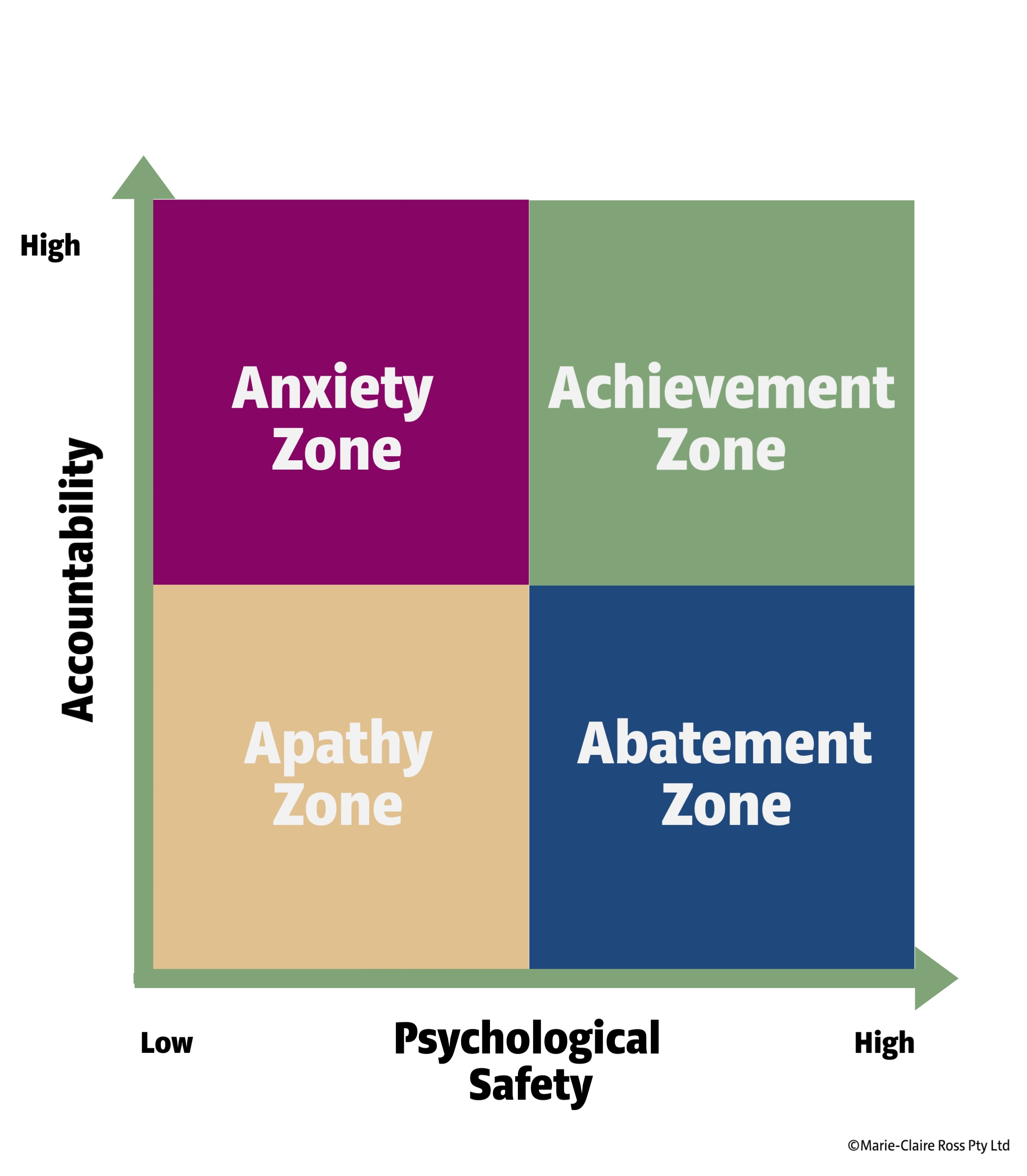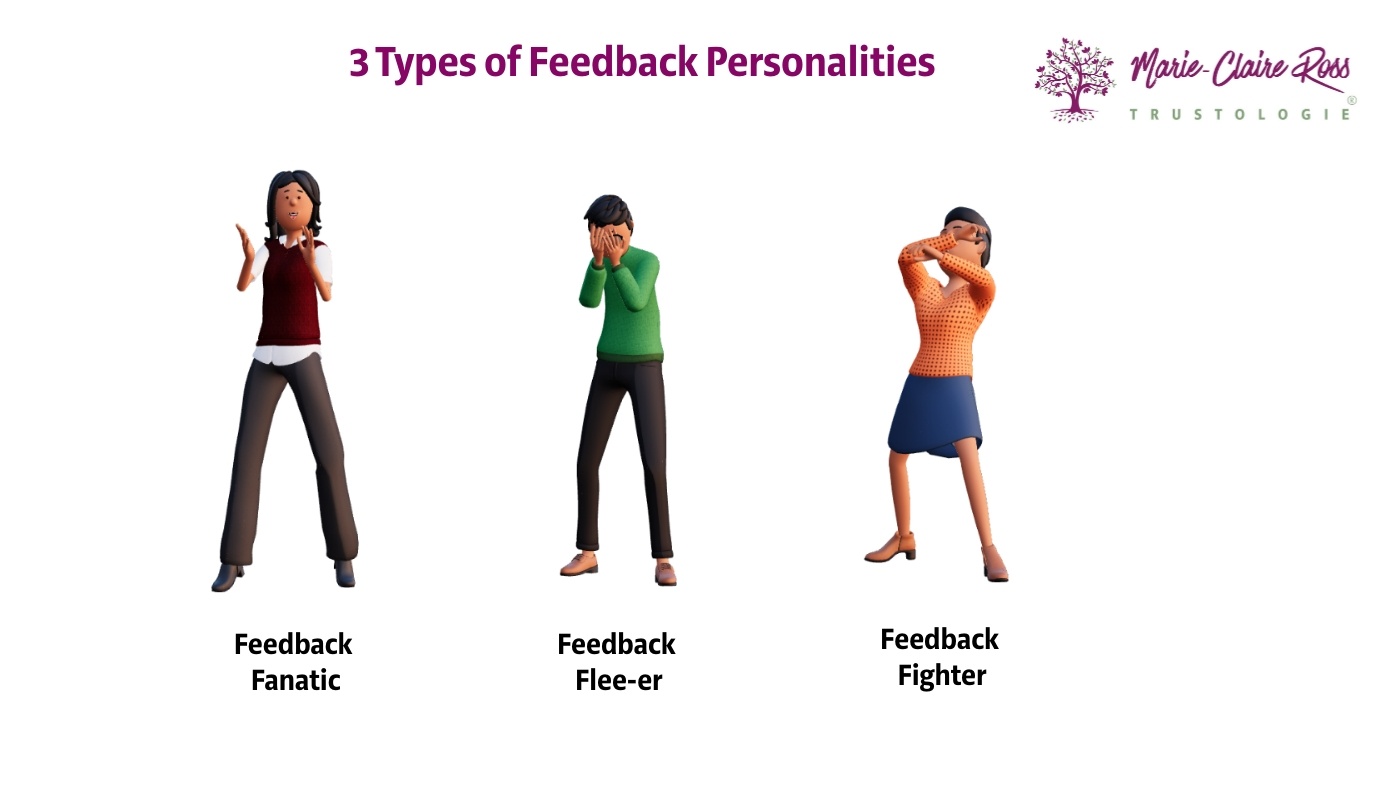
Dealing with uncertainty is at an all-time high. According to the Global Policy Uncertainty Index, concern about the impact of policy decisions on business and markets...
One of the regular things a leader will ask me for advice on is how to get one of their team members in alignment. This is particularly true for a leader leading a newly formed team or who has been brought in to lead an already established team.
Typically, this team member confuses them. An outlier who doesn't play like the rest of the team members.
There can be a number of reasons for the direct report being perceived as difficult. Sometimes it's because they are a new graduate who is quiet and doesn't share when they don't understand something or have made a mistake. Other times it might be a mature direct report who they had competed against for the team leadership position and who missed out on the coveted leadership role. The team leader worries that their direct report feels resentment towards them for not getting the job they wanted.
And then there are team members who are too outspoken, always casting a negative light on things. Or the toxic team member who takes up too much team time. Or the team member that is never able to get things done on time or to the right standard. And even team members who are appear overly emotional and think it's okay to dump their issues on their boss.
Often, the team leader is quite frustrated and confused as to what to do next. By the time they have spoken to me, they have tried a few things and felt disappointed that they didn't work.
One of the proven ways to disarm a potentially uncomfortable conversation with a direct report is to use a visual model to explain team performance.
Take my Achievement Zone model below (from the book, Trusted to Thrive: How leaders create connected and accountable teams. You can download a chapter here.)
It helps leaders and team members conceptualise different team performance zones, in order to have an honest conversation about where the team is at. And it can be used both individually in one-on-ones or collectively as a team activity.

Lots of team leaders have found success talking about the model with their difficult direct reports to start a gentle conversation on the behaviours needed to improve team or individual results.
Here's an example of what Rita said during a one-on-one to her direct report, Alice, who was reluctant to speak up about issues:
Recently, I learnt about this Achievement Zone model from Marie-Claire Ross from the book, Trusted to Thrive. She said that high performing teams are a mixture of both high psychological safety and high accountability. Team members need to feel safe to speak up about issues, receive feedback and be accountable for results. When teams are low in safety and high in accountability, she calls it the "Anxiety Zone." This zone is all about getting results and there is a lot of pressure to perform. And then when teams have safety, but are low in accountability they are called "Abatement Zone" teams which means their performance is declining in performance. Usually it's because the leader doesn't hold people to account and people think they are really good and don't need to change.
Finally, there is the "Apathy Zone" team where people are in survival mode and are too scared to make a mistake or try anything new. If anything they are ready to leave the team. The interesting thing about these zones is that they represent where teams are and where we are as individuals. You don't stay in one zone, you move between them depending on what's going on in your personal life, in the organisation or in the industry. I feel that our team might be in the abatement zone because I'm not pushing everyone to achieve because I feel that you might be feeling burnt out after the big year we had last year. Where do you think we are?
This strategy works really well for a number of reasons:
Through this open, non-judgemental dialogue, Rita can ask further open-ended questions to find out how to not only improve the team, but find out what Alice requires to feel more safe to speak up.
Questions such as:
"What do you think I can do to move the team into the Anxiety Zone?
"You know, I feel that I might be in the anxiety zone because I'm anxious working out how to lead this team well. What about you? Where do you think you sit? Why do you say that? How can I support you?
What's useful about the model is that it conveys that teams move and shift over time and high performance isn't always attainable nor a smooth path. There is often a lot of pressure for teams to be perfect and high performing. It's more realistic and better for everyone's mental health when you make peace with where your team is at and make plans together to move into the Achievement Zone.
Furthermore, a lot of leaders tell me that they are often surprised by the response from their direct report after using this process. Sometimes the resentful direct report isn't so much resentful, but feeling stale in their role. Other times the quiet colleague isn't speaking up because they are being difficult, but because they don't feel worthy of contributing.
The real beauty of this process is that it encourages us to leave our misconceptions behind and allow our direct reports to feel safe to honestly tell us where they are at. Helping them feel heard, understood and valued. An important part of building trust with our followers.
When we begin a conversation in curiousity to truly understand the other person's perspective, we demonstrate that we are there for them and ready to understand their perspective. And that is when you start to turn a "difficult" team member around.
Use this model to change how you think and talk with your team. You can learn more about the model in the video below:

Dealing with uncertainty is at an all-time high. According to the Global Policy Uncertainty Index, concern about the impact of policy decisions on business and markets...

Successful leaders understand that a one-size-fits-all approach rarely yields results when it comes to enhancing the performance of individuals within their team.